Italy’s ruling party wants to ban the burqa and niqab worn by Muslim women. Prime Minister Giorgia Meloni’s party has introduced a bill prohibiting the Islamic face coverings in all public spaces.
A full-body garment, the burqa covers a woman from head to foot and also includes a mesh screen over the eyes. The niqab is a veil for the face, but the area around the eyes is left clear.
But why does Italy want to ban these face coverings worn by Muslim women?
We take a look.
Italy proposes bill to ban burqas
Italy’s ruling Brothers of Italy party introduced a bill on Wednesday (October 8) to ban the burqa and niqab face and body coverings in public spaces across the country.
This is a part of a broader proposal to combat what it called “cultural separatism” linked to Islam.
The bill, presented by three lawmakers from Meloni’s party, calls for a ban on garments covering the face in all public places, schools, universities, shops, and offices nationwide, reported Reuters.
“The spread of Islamic fundamentalism . . . undeniably constitutes the breeding ground for Islamist terrorism,” an introduction to the draft law said, emphasising the need to combat “religious radicalisation and religious hatred”.
The draft legislation proposes fines of between €300 (Rs 30,959) and €3,000 (Rs 309,588) for violators. It also introduces penalties for virginity testing, while increasing punishment for forced marriages by including religious coercion as grounds for prosecution.
Calling it “cultural crimes”, the bill toughens existing laws on non-consensual arranged marriages, making it punishable by prison sentences of four to 10 years.
The proposed legislation would also impose heavy fines on Muslim organisations that are found to have taken donations from individuals or entities deemed to be “active in the propaganda of principles that conflict with the protection of fundamental freedoms and state security”, reported Financial Times (FT).
The bill would impose new financial transparency requirements on religious organisations with no formal agreements with the Italian state. As per Reuters, no Muslim organisations currently have such agreements, which keeps Islam from the formal recognition granted to 13 other religious groups.
Reactions to Italy’s burqa ban bill
Galeazzo Bignami, leader of the rightwing Brothers of Italy and a backer of the bill, said the measures were aimed at defending Italy from “all forms of extremism and any attempt to create parallel societies on Italian soil”, reported FT.
“Religious freedom is sacred, but it must be exercised in the open, in full respect of our constitution and the principles of the Italian state,” lawmaker Andrea Delmastro, another supporter of the bill, wrote in a Facebook post on Wednesday.
“It is a bill that will essentially deal with regulating the funding of mosques, and with preventing and banning the use of the full-face veil. It also emphasises the legislation against forced marriages. In Italy, we apply our laws which are based on a specific set of values,” said Sara Kelany, head of immigration for Brothers of Italy, during a press conference yesterday.
Kelany, a co-sponsor of the bill, said Italy could not tolerate the “creation of enclaves where sharia law prevails over Italian law”, but would promote “a model of society based on integration, legality and the defence of western values”.
Muslim groups criticised Brothers of Italy’s proposed legislation, saying the punitive approach to Islamic veils would not promote religious harmony but could end up alienating Muslims.
“Freedom of choice is a fundamental principle in a democratic society — no state should dictate how a woman should dress,” Yassine Lafram, president of the Union of Islamic Communities of Italy, was quoted as saying by FT.
“Any legislative measures that impose blanket bans risk creating social tensions and discrimination rather than fostering integration and dialogue,” Lafram added.
ALSO READ: Hijab must in Iran, burqa banned in France: Countries that dictate what women should wear
Europe’s burqa bans
Italy’s proposed burqa and niqab ban comes amid rising tensions over the enhanced visible presence of the Islamic faith in the European country, as per FT.
According to Italy’s Islamic associations, around 2 million (20 lakh) Muslims live in Italy, many of them foreign workers and their families. While the US-based Pew Research Center estimated five years ago that nearly 3 million (30 lakh) Muslims lived in Italy, forming around 5 per cent of the population.
Italy’s 1975 law already bans complete face covering in public places, without specifically mentioning burqas.
Regions of Italy, like Lombardy, also prohibit entering public buildings and hospitals with covered faces.
Besides Italy, other countries in Europe have also imposed full or partial bans on Muslim women’s clothing.
France was the first European country to put a blanket ban on wearing burqas in public in 2011. Since then, more than 20 states in Europe and around the world have implemented restrictions on the burqa and other full-face coverings in public, including Belgium, Denmark, Switzerland, Austria, Tunisia, Turkey and Sri Lanka.
The European Court of Human Rights has consistently upheld these curbs on Islamic veils. In 2017, it upheld Belgium’s ban on burqas and full-face veils, ruling that states may do so to protect “living together” in society.
With inputs from agencies


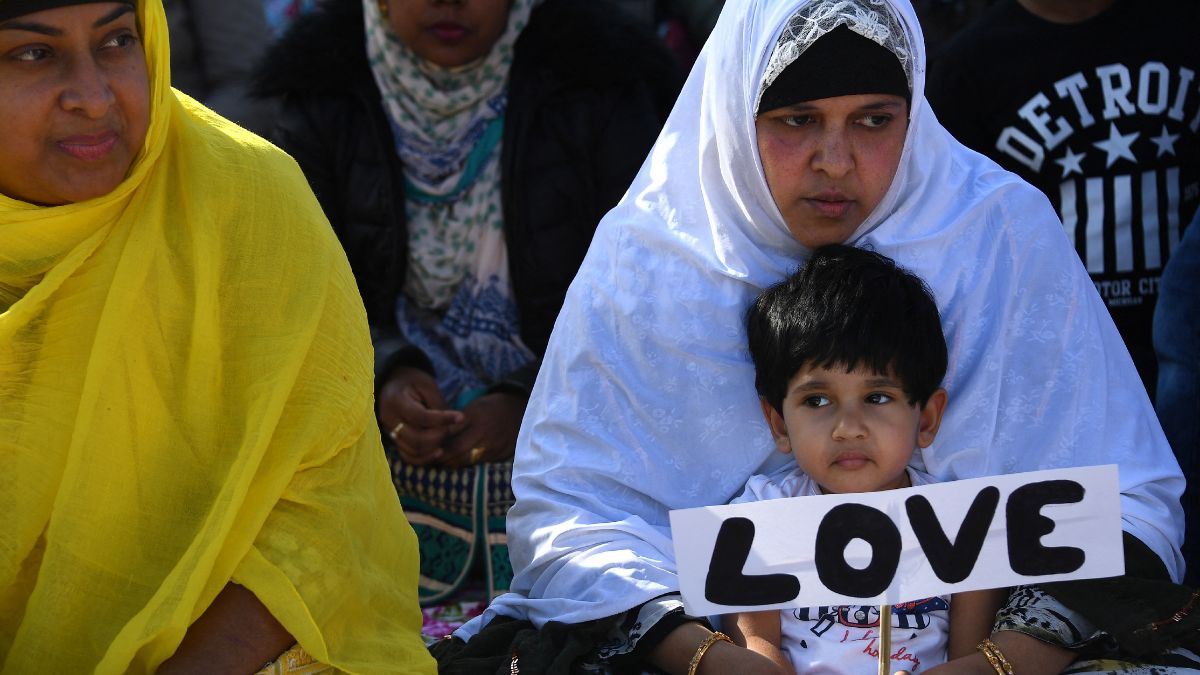)

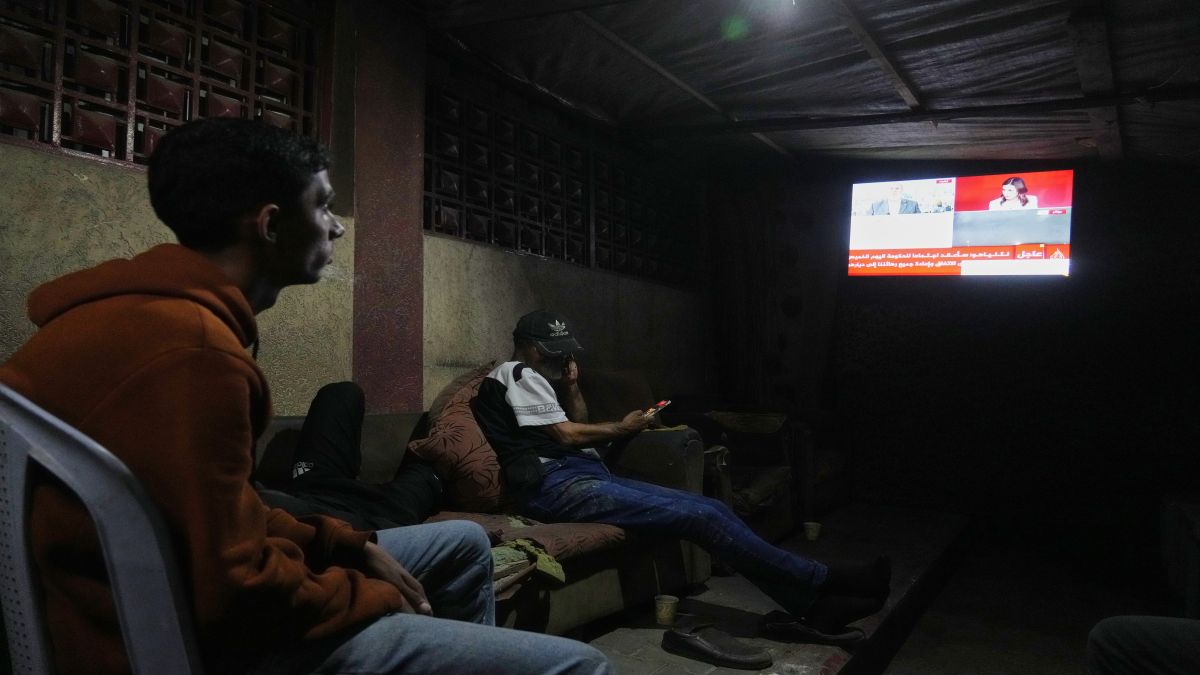)
)
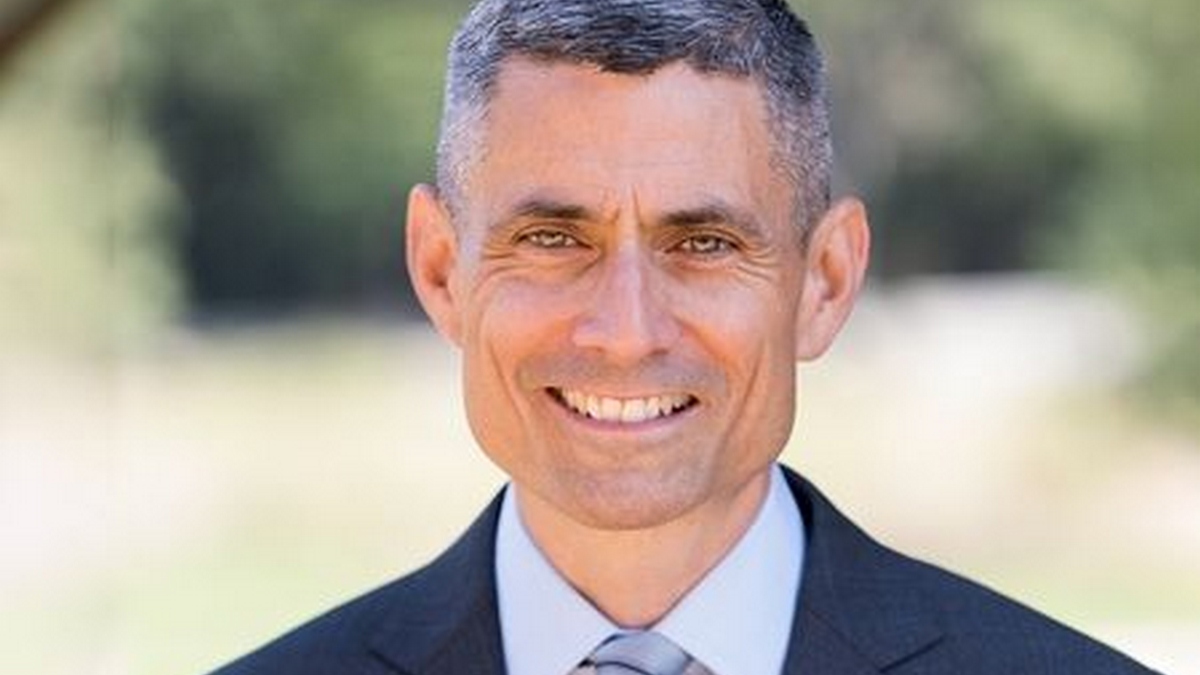)
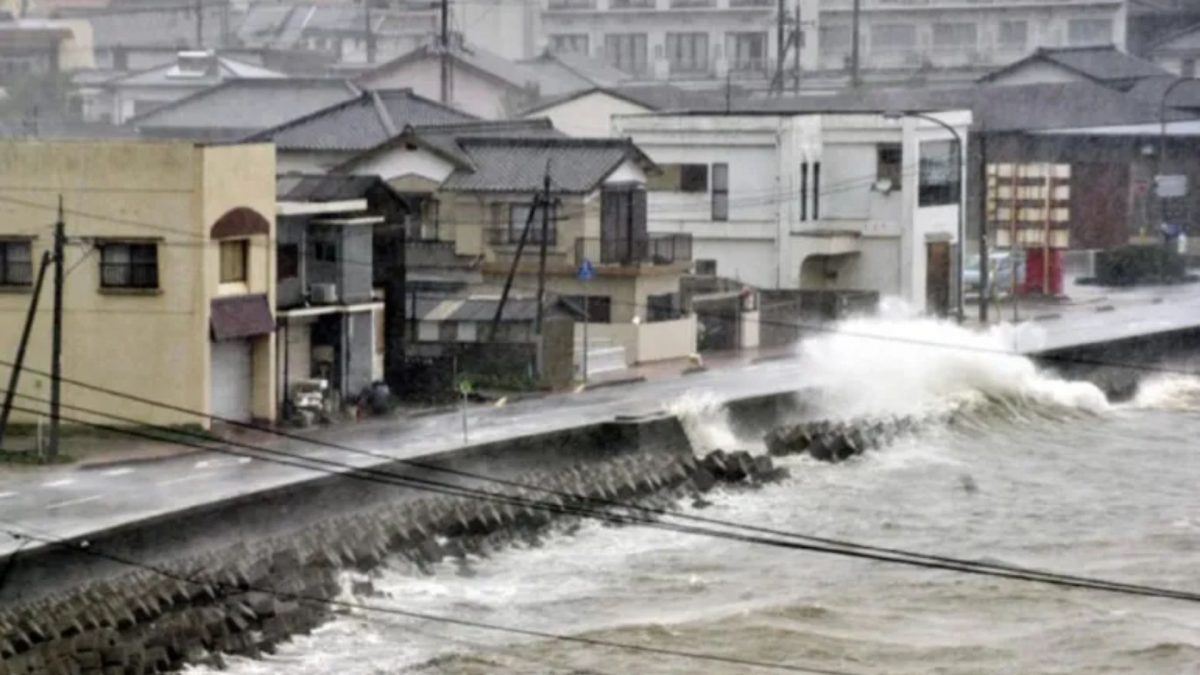)
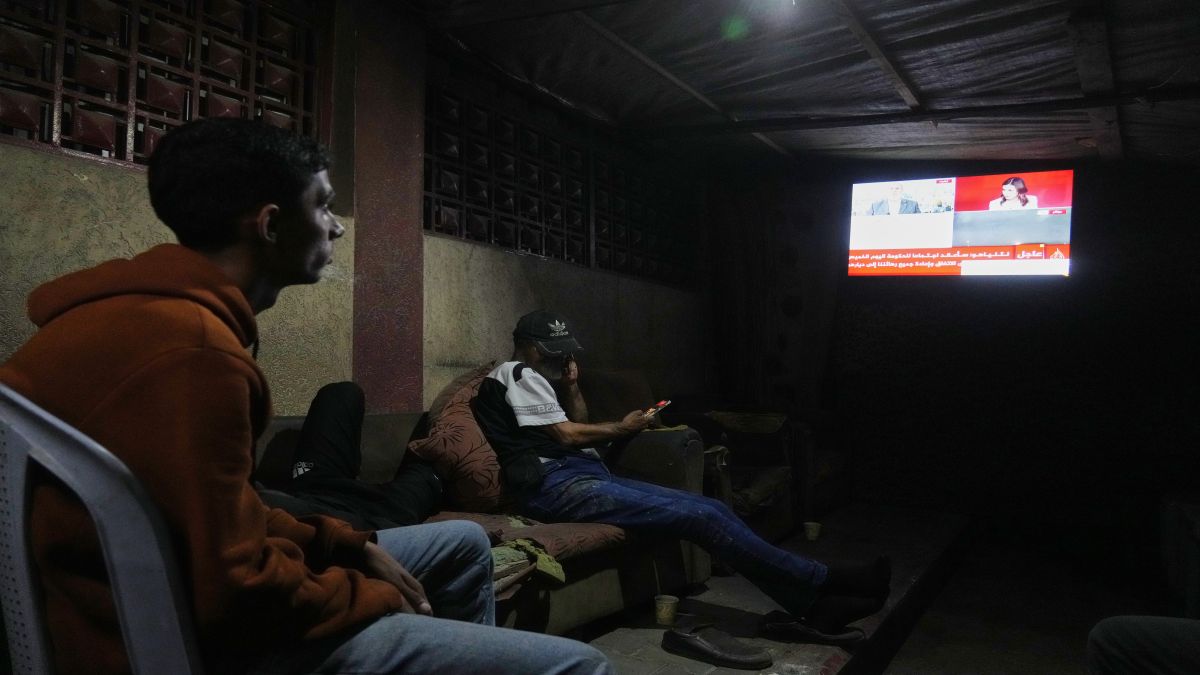)
)
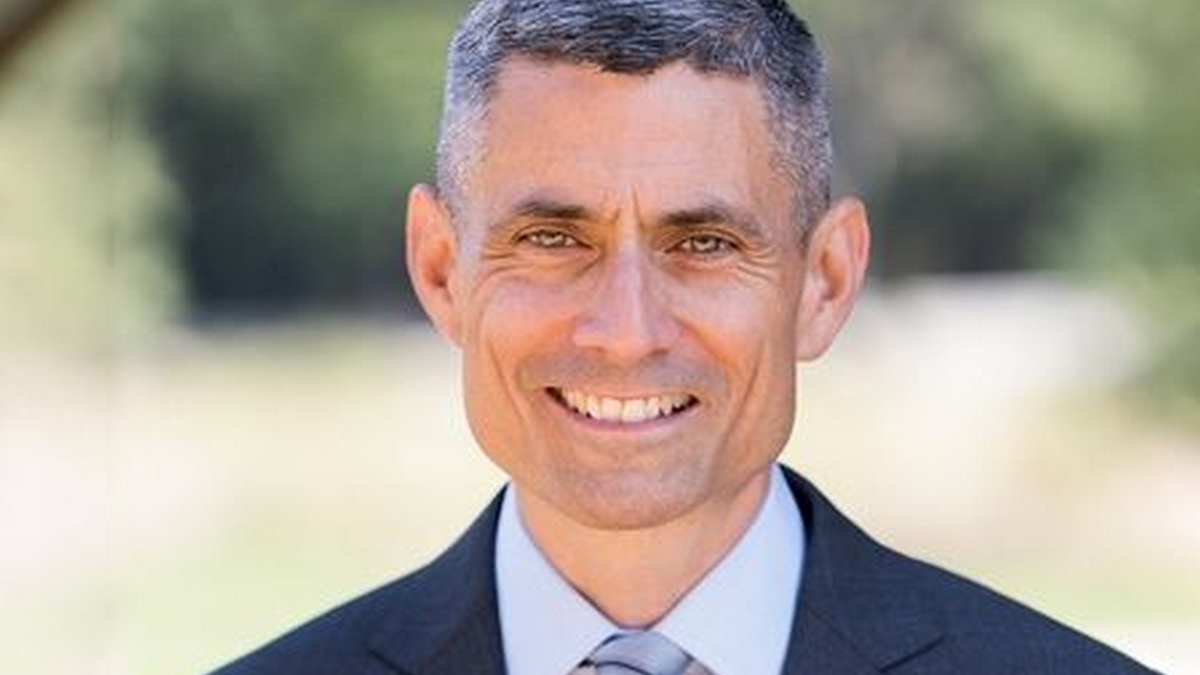)
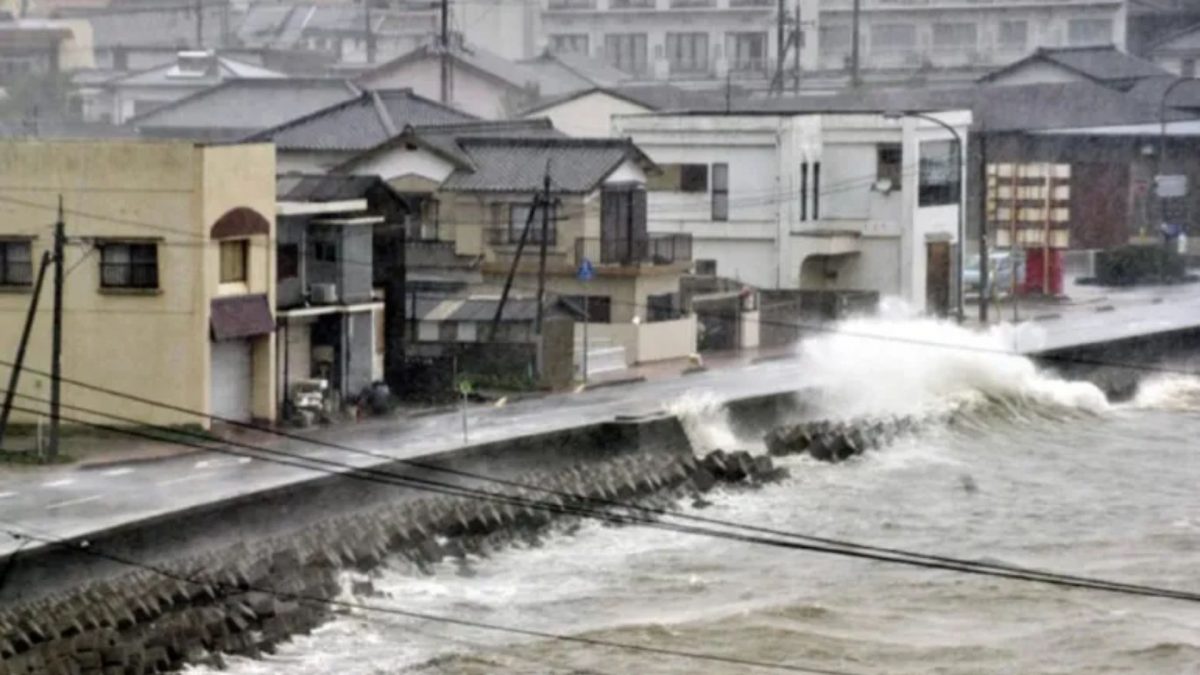)



